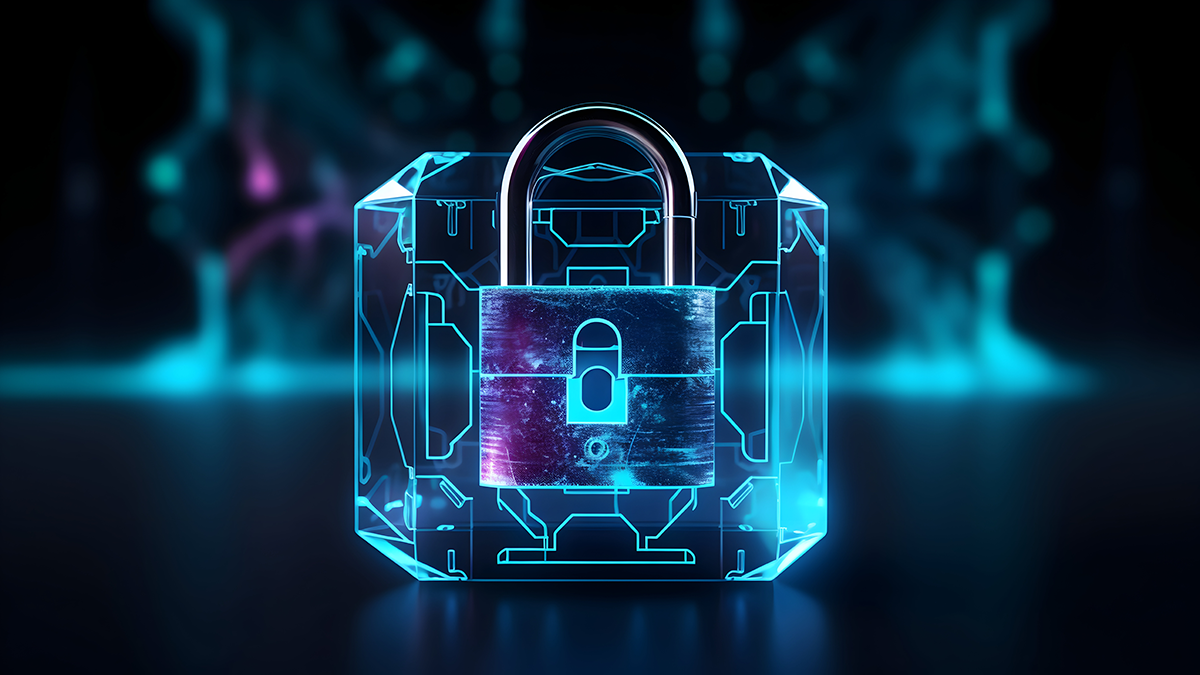The digital authentication and embedded security market is poised for double-digit growth following a few sluggish years, according to ABI Research. This is in spite of global tariff uncertainty that continues to impact the semiconductor industry.
“The relentless, onward march of EU regulations is not to be derailed by global pandemics or fickle administrations,” said Michela Menting, Senior Research Director, ABI Research. “The fast-approaching deadlines for the EU’s Cyber Resilience Act (CRA) are pushing device OEMs to pay close attention to the security of their product roadmaps. As a result, semiconductors and silicon IP providers are seeing increased interest in security hardware, with an expected boost to the market kicking off in the coming years.”
The fragmented and diverse range of IoT implementations, from mission-critical requirements in tightly regulated sectors to sectors where security was largely ignored, is favourable to the development of a broad variety of security offerings.
Secure MCUs are especially well suited to serve this varied range, with great flexibility and rich feature sets on offer from myriad vendors including Analog Devices, Infineon, Microchip, Nuvoton, NXP, Renesas, Silicon Labs, and STMicroelectronics, among others. More specific, high-assurance implementations with tamper-proof and security certification requirements (such as Common Criteria, FIPS 140-3, or even automotive-grade safety), can be served by secure elements and TPMs, from the large semiconductor providers, but also from smaller emergent and highly focused players such as SealSQ and TropicSquare.
As a consequence, industry specifications are quickly becoming de facto standards, such as SESIP, Matter, and Qi wireless charging, quickly enjoying traction similarly to how IEC 62443 (for industrial) and ISO 21434 (for automotive) have in the past few years.
OEMs are looking for the best ways to integrate some of these specifications and standards to help them meet the new regulatory compliance requirements of the CRA (as well as those of NIS2, and the U.S. NISTIR 8259A which is mandated for US federal government use).
Embedded hardware security is not the be-all and end-all of regulatory compliance, but it is a technology that will form the foundation of that compliance for a large part of the IoT ecosystem. Beyond just compliance, they are key also to adding value to product lifecycles and creating stickiness for users through feature in-field updates and service delivery.
There’s plenty of other editorial on our sister site, Electronic Specifier! Or you can always join in the conversation by visiting our LinkedIn page.










